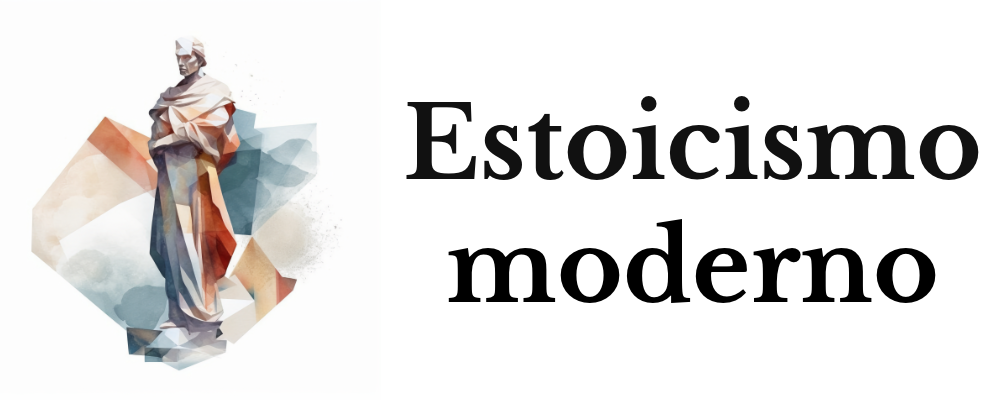In the stillness of our thoughts, amidst the whirlwind of our days, there echoes a question that seems to mock the fleeting human condition: Is living something that is learned over time? The ancient Stoic masters, with their unwavering pursuit of wisdom, offer a beacon of light in the obscurity of ignorance and modern disquiet.
The Pedagogy of Existence
Zeno of Citium, the founder of Stoicism, proclaimed with vigor that the purpose of man is to live in accordance with nature. But what does this mean in an age where technology redefines the contours of our being? To live in accordance with nature is to align our actions with our reason and virtue, traits par excellence of the human being. This alignment is not innate; it is cultivated with the constancy and discernment that intertwine over time.
“Everyone is quick to judge in the abstract about duties and actions, but they rarely apply this in specific cases.” — Seneca, Letters to Lucilius. The Roman apostle of Stoic philosophy cautions us about the chasm between theoretical knowledge and practice. Today, we see a propensity to debate right and wrong, but how many put their words into action when facing adversity? Time teaches us to build bridges over this abyss, to unite theory with praxis, and it instills patience.
The Imperturbability in the Face of the Inevitable
Marcus Aurelius, in his “Meditations,” imparts a timeless lesson: “Accept what is assigned to you, as if you had chosen it yourself.” In the era of overstimulation and information overload, we find a perennial struggle against the unalterable. Time is the magnificent sculptor revealing to us the beauty of acceptance, the value of focussing on what we can change, and the serenity of detaching from what is beyond our control.
The Value of Time and Personal Virtue
Epictetus, the lucid philosopher of the will, challenges us with his piercing words: “It is not things that disturb men, but their opinions about things.” Is not premature judgment a contemporary epidemic? Time, that invisible sage, offers us the chance to mature our opinions, to temper our will on the anvil of experience.
We see this concept reflected in the phenomenon of social media, where instant judgment prevails. Stoicism invites us to a meditated approach, where immediate responses give way to quiet reflection and personal growth.
Stoic Practice in Everyday Life
Self-Determination and Virtuous Habits
Stoicism isn’t mere reflection; it’s a practical guide. In life’s learning, each day is a new lesson. We begin by establishing routines that foster self-determination:
- Morning meditation: Reflect on your daily intentions, align your actions with ethical values.
- Evening review: Examine your day, acknowledge what has been learned, identify areas for improvement.
Practical Advice for Modern Living
- Control your perceptions: Amidst the torrent of negative news, maintain an objective perspective. What can you learn from them? How can they be used to strengthen your character?
- Act with purpose: Avoid paralysis by analysis. Learn from each action and correct as necessary.
- Embrace adversity as a teacher: Difficulties are not mere inconveniences but opportunities for practising virtue.
Conclusion: To Learn to Live is to Learn to Grow
Human existence unfolds like a vast canvas where time and experience paint its expanse. The Stoics teach us that living, more than a reflex act of survival, is an art perfected with the continuous flow of our days.
Reflect upon these words of Marcus Aurelius: “The life of a man is what his thoughts make of it.” The learning of living is interwoven with the quality of our thoughts and actions. As time sculpts our existence, we become artisans of our being, forgers of our destiny.
So, dear reader, I invite you to embrace the Stoic stance towards life. Cultivate your inner garden with patience, allow each dawn to bring with it the seed of learning, and let each dusk bear witness to a wisdom in constant growth.
Action is properly the fruit of knowledge; thus, it is not enough to understand theoretically what it means to live. Find in your everyday moments to apply Stoic teachings, adjust your perspective and live in such a way that when the future becomes the past, you can look back and say with certainty: “I have learned to live”.









